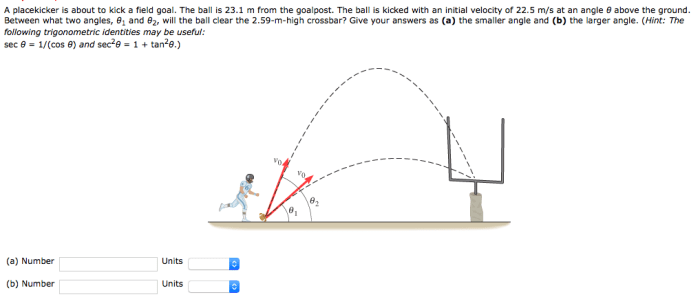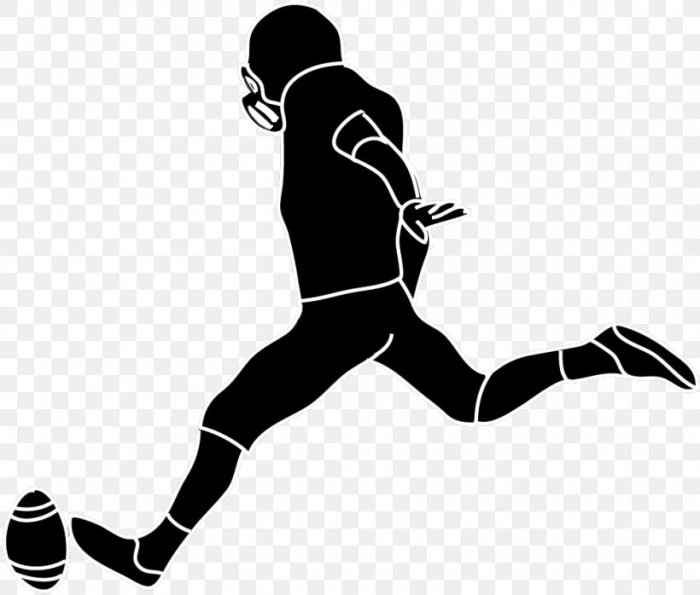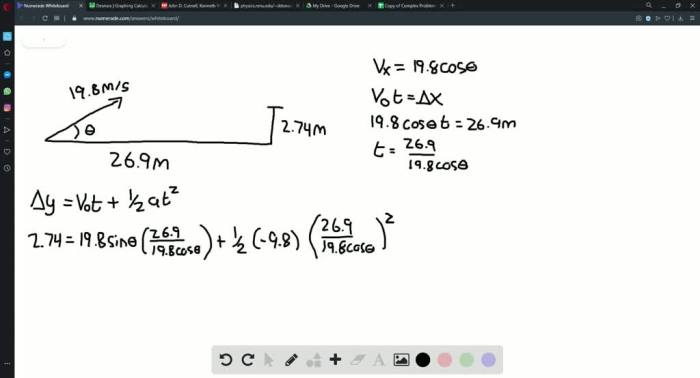A placekicker is about to kick a field goal. In this captivating exploration, we delve into the intricate mechanics, influential factors, and mental fortitude required for this crucial play in American football. From the intricate biomechanics of the kick to the psychological challenges faced under pressure, this comprehensive analysis unveils the artistry and significance of placekickers in the game.
The journey begins by dissecting the mechanics of a placekicker’s kick, examining the precise steps involved in the approach, swing, and follow-through. Diagrams and animations illustrate the biomechanics, highlighting the critical role of balance, timing, and coordination in executing a successful kick.
Mechanics of a Placekicker’s Kick
A successful field goal attempt relies on the precise execution of a placekicker’s kick. The process involves a series of coordinated movements that can be divided into three distinct phases: the approach, the swing, and the follow-through.
During the approach, the placekicker positions himself behind the football, aligning his body perpendicular to the goalposts. As he takes a few steps forward, he gains momentum and lowers his body into a stable stance.
The swing phase initiates with the placekicker lifting his kicking leg backward, bringing it parallel to the ground. He then drives his leg forward, striking the football with the inside of his foot. The force and accuracy of the kick are determined by the speed and precision of the swing.
The follow-through completes the kicking motion. After striking the ball, the placekicker extends his kicking leg forward and follows through with his body, maintaining balance and control throughout the movement.
Role of Balance, Timing, and Coordination
Balance, timing, and coordination are crucial for a successful placekick. The placekicker must maintain a stable base throughout the approach and swing to ensure a consistent and accurate kick. Proper timing is essential for the optimal transfer of momentum from the approach to the swing, while coordination ensures the seamless execution of all movements.
Factors Affecting Field Goal Accuracy: A Placekicker Is About To Kick A Field Goal

Field goal accuracy is influenced by various factors, both environmental and technical.
Weather Conditions
Wind, rain, and temperature can significantly impact field goal accuracy. Strong winds can push the ball off course, while rain can make the ball slippery and difficult to handle. Extreme temperatures can affect the ball’s trajectory and the placekicker’s performance.
Field Position
The distance and angle of the kick play a crucial role in field goal accuracy. Longer kicks are inherently more difficult, as the ball has more time to be affected by external factors. Kicks at an angle are also more challenging, as they require greater precision in aiming.
Snap and Hold
A reliable snap from the long snapper and a secure hold from the holder are essential for field goal accuracy. A poorly executed snap can disrupt the placekicker’s timing, while a loose hold can cause the ball to slip, resulting in a missed kick.
Mental and Psychological Aspects of Placekicking

Placekickers face immense pressure and psychological challenges during high-stakes situations. They must maintain focus, concentration, and self-belief under intense scrutiny.
Focus and Concentration
Placekickers must maintain unwavering focus and concentration throughout the entire process. Distractions, both internal and external, can disrupt their performance and lead to missed kicks.
Self-Belief
Self-belief is paramount for successful placekickers. They must trust in their abilities and maintain a positive mindset, even in the face of setbacks. Visualization and positive self-talk can help placekickers build and maintain confidence.
Stress Management
Placekickers employ various techniques to manage stress and maintain composure under pressure. These techniques may include deep breathing exercises, visualization, and mental rehearsal.
Historical and Cultural Significance of Placekickers
Placekickers have played a significant role in the history and cultural significance of American football.
History
The role of placekickers has evolved over time. In the early days of football, kicking was primarily used for extra points. However, as the game developed, the importance of field goals grew, and placekickers became increasingly specialized.
Cultural Significance
Placekickers have become cultural icons in American football. Their ability to deliver clutch kicks in high-pressure situations has made them fan favorites and symbols of the game’s excitement and drama.
Training and Development of Placekickers

Becoming a successful placekicker requires extensive training and development.
Training Regimen, A placekicker is about to kick a field goal
Placekickers follow a rigorous training regimen that includes strength and conditioning exercises, kicking drills, and practice sessions in various weather conditions.
Role of Coaches and Mentors
Coaches and mentors play a vital role in the development of young placekickers. They provide guidance, technical instruction, and emotional support, helping placekickers reach their full potential.
Tips for Aspiring Placekickers
Aspiring placekickers can enhance their skills through consistent practice, attention to detail, and a strong work ethic. They should seek out experienced coaches and mentors, and focus on developing a solid foundation in the fundamentals of placekicking.
User Queries
What is the most important factor affecting field goal accuracy?
Consistency in mechanics, including balance, timing, and a reliable snap and hold, is paramount for field goal accuracy.
How do placekickers manage stress and maintain composure under pressure?
Placekickers employ various techniques, such as visualization, deep breathing, and positive self-talk, to manage stress and maintain composure in high-pressure situations.
What is the historical significance of placekickers in American football?
Placekickers have played a pivotal role in the evolution of American football, contributing to its popularity and strategic complexity.